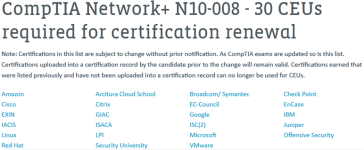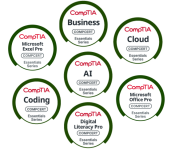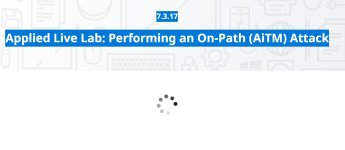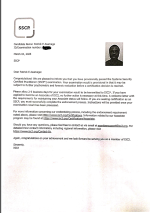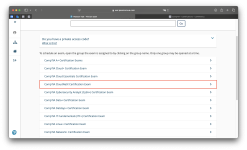-
Question
Becoming a CompTIA Tutor/Mentor
- By thenry002
- Instructor Toolbox
- 11 Replies
Hello all,
I have a small group of younger future IT pros and I would like to train them for CompTIA exams. How can I get started?
I am certified in A+ and Security+ and I am currently working towards my CySA+ and have 10+ years of (public and private sector) experience. I recently created my own program to carry out my goal to advocate for IT.
Thank you!
I have a small group of younger future IT pros and I would like to train them for CompTIA exams. How can I get started?
I am certified in A+ and Security+ and I am currently working towards my CySA+ and have 10+ years of (public and private sector) experience. I recently created my own program to carry out my goal to advocate for IT.
Thank you!


